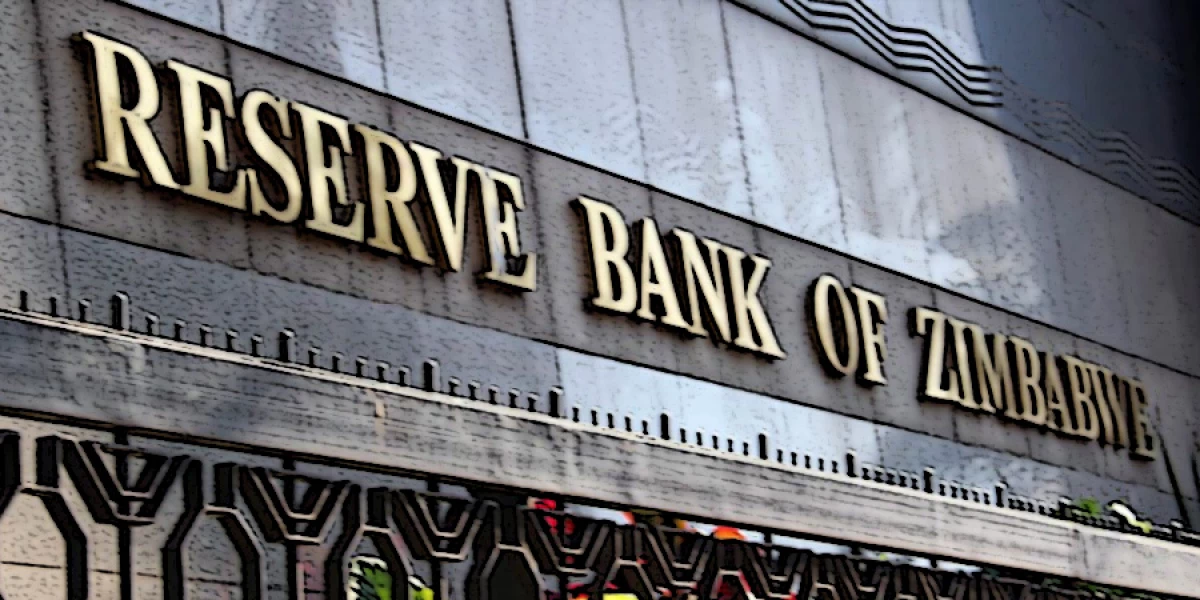
LORRAINE NDEBELE Zimbabwe is considering establishing a currency board to support the Zimbabwean dollar, as inflation surges.
The southern African country is fast moving back into a hyperinflationary crisis, about 14 years since its unit collapsed in 2008 after the rate hit 500 billion percent.
The annual inflation shot up to 256% last month, after ending at 191,7% in June.
The rate was 131,7% in May leading to fears that inflation may reach four digit figures by the end of this year.
Authorities agreed to switch to a multi-currency system in 2009, before policy changes in 2019 brought back the Zimbabwean dollar as the sole medium of exchange in local transactions.
But the currency has been haunted by hyperinflation, which has eroded its purchasing power.
To address the crisis, the government allowed the United States dollar to operate alongside the domestic unit in 2020, but this has failed to stem its depreciation.
Bloomberg reported on Thursday that a monetary policy committee member had confirmed that authorities were looking at the possibility of introducing a currency board.
- Chamisa under fire over US$120K donation
- Mavhunga puts DeMbare into Chibuku quarterfinals
- Pension funds bet on Cabora Bassa oilfields
- Councils defy govt fire tender directive
Keep Reading
“The issue of the currency board is being looked at,” Ashok Chakravarti, a member of the central bank’s monetary policy committee, said on Thursday at an economic conference in the resort city of Victoria Falls, according to Bloomberg.
“It’s been done by 40 countries before, but it also requires a substantial amount of reserve money. It is being considered.”
A currency board must among other requirements back all units of domestic currency in circulation with foreign currency.
Zimbabwe will need about US$700 million to back the domestic money in circulation, Chakravarti said.
Reserve Bank of Zimbabwe Governor John Mangudya did not answer two calls by Bloomberg to his mobile phone seeking comment.
In a paper published in the Zimbabwe National Chamber of Commerce 2021-2022 report, Tinashe Murapata, an economist and founder of Leon Africa said to solve currency problems, Zimbabwe had two options: dollarisation or adoption of a currency board.
A currency board is a pegged exchange rate mechanism that guarantees full convertibility of domestic currency to an anchor foreign currency or a basket of currencies.
Under this system, the total monetary base of the economy is supported or backed by international reserves. The pegged exchange rate creates a stable currency and stable prices but takes away the ability of a country to increase its money supply willy-nilly.
“If Zimbabwe is to adopt a currency board, all issued domestic currency will be backed fully by an anchor currency. The anchor currency can be a basket of currency determined and weighed by our trading partners or hard metal commodities like gold, silver and platinum,” he said.
“It could very well be a combination of the above but essentially every issued domestic money must be fully convertible on demand for foreign currency at a fixed rate that does not change over time.”
Murapata said the currency board should maintain an international account where it stores or deposits all foreign currency receipts as reserves.
These reserves, he prescribed, should be held by South Africa Reserve Bank and the African Development Bank who will act as an underwriter for every issued local currency.
“They will agree to underwrite full convertibility of the local currency with what is in the reserves. Furthermore, a weekly audit performed by an audit firm confirms what is in the offshore reserves and in the issued currency,” he said.











